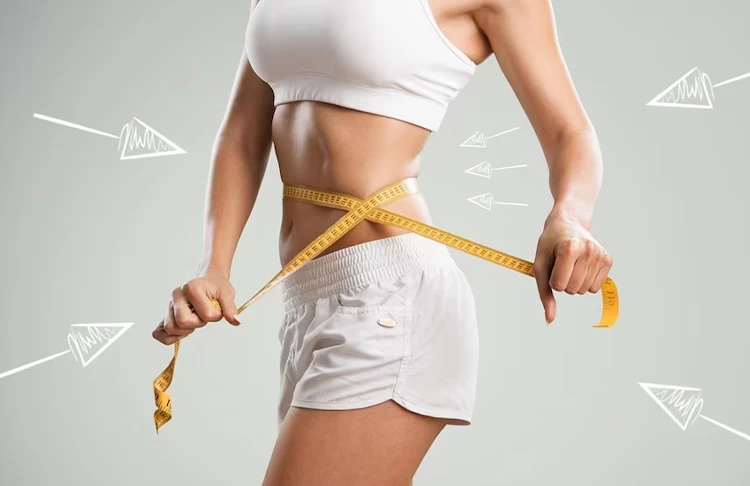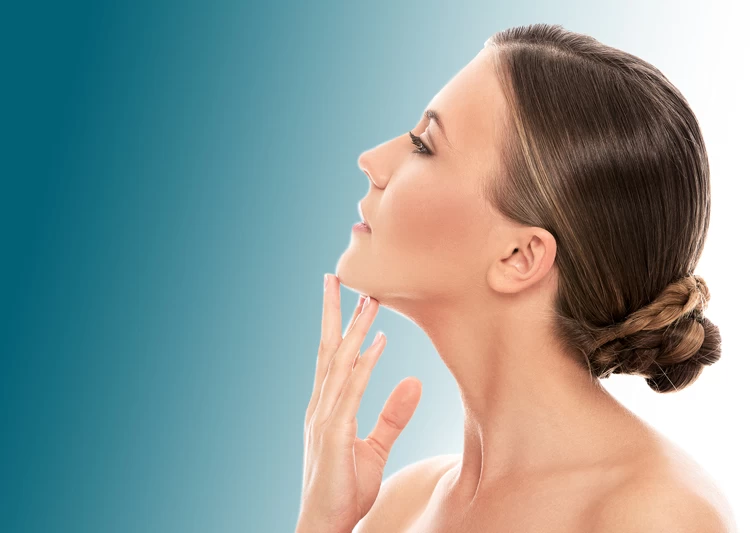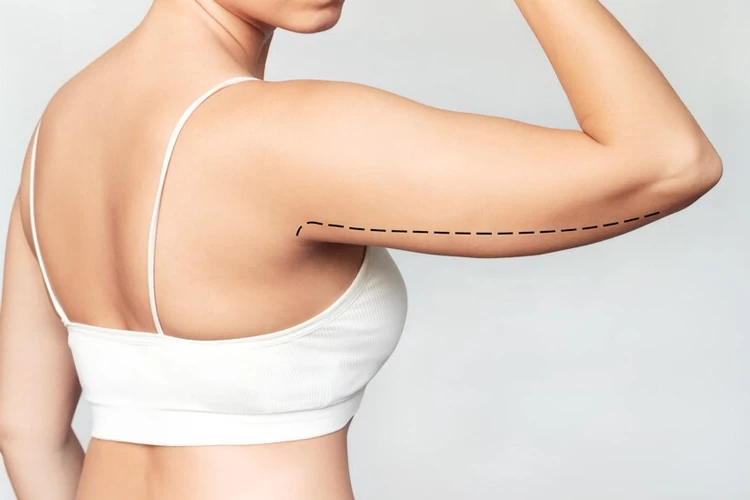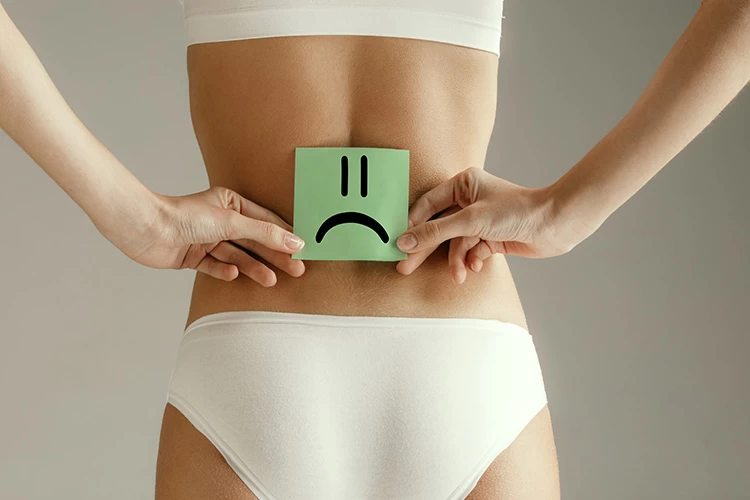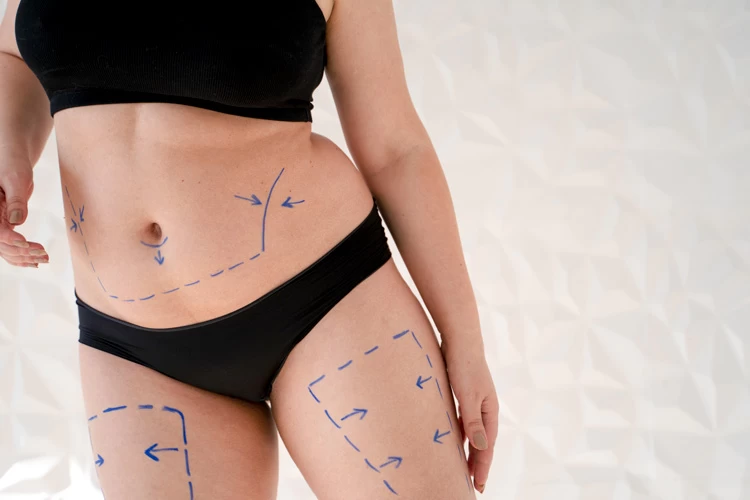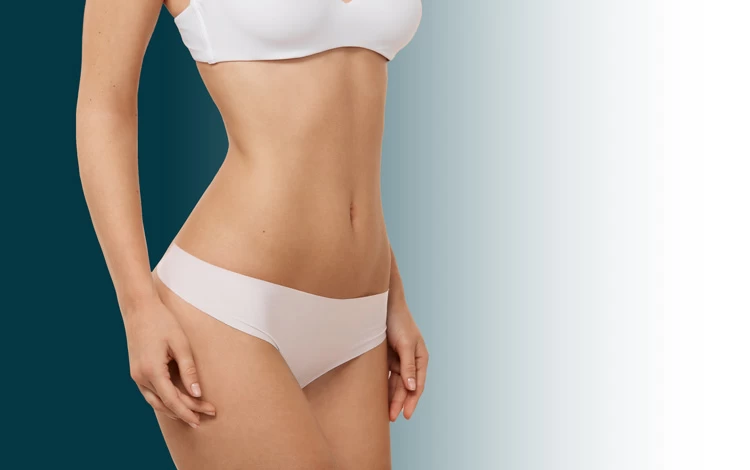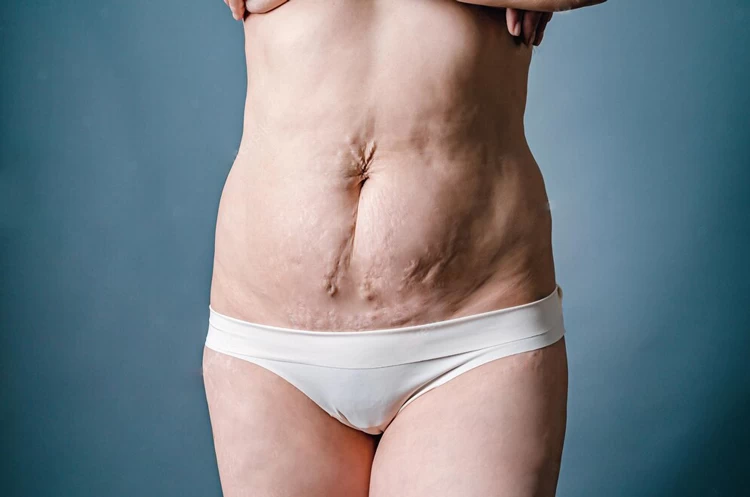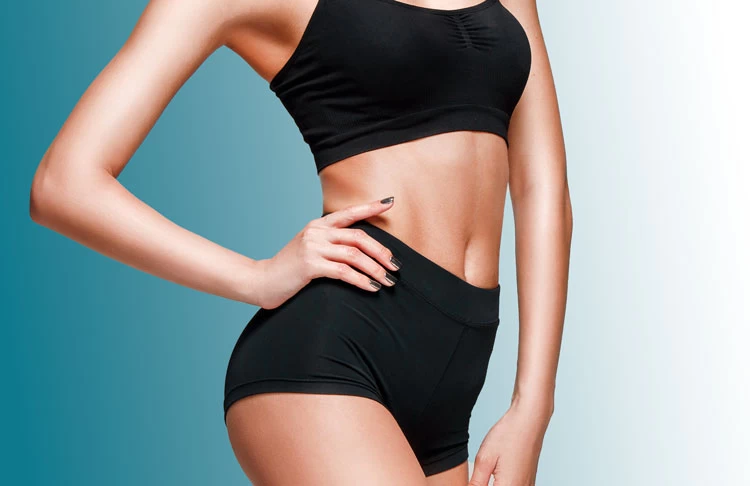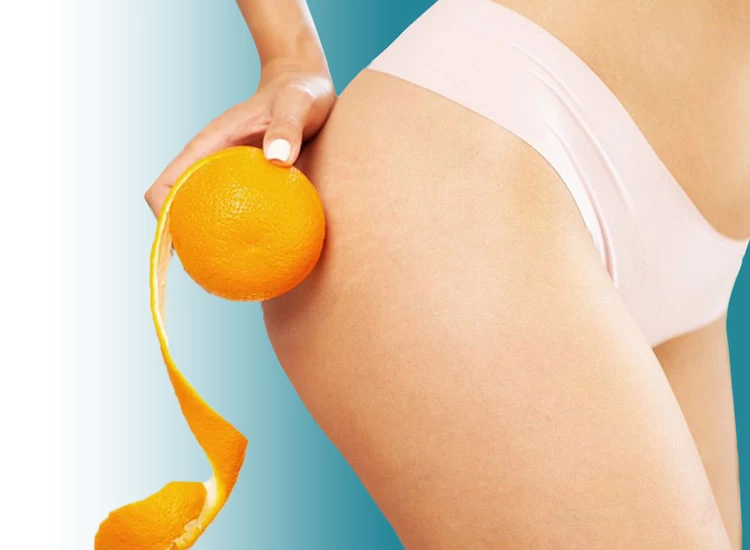Some liposuction alternatives are TruSculpt, CoolSculpting, BodyTite, SmartLipo, SculpSure, and injection lipolysis. These techniques differ from lipo surgery regarding the type of anesthesia, results, recovery timeline, pre-op requirements, and post-op care.
In chin lipo, fat tissues are melted by tumescent liquid or energy waves, and then they are removed by a suction device. Swelling, bruising, and moderate pain are normal after chin liposuction. You'd better avoid heavy activities, keep your incisions clean, be hydrated all day, refrain from sleeping on your stomach, and avoid sun exposure until fully healed.
Arm lipo is done in various ways, such as tumescent, ultrasound-assisted, laser-assisted, etc. This operation, which removes excess fat from both the upper and lower arm, has a very short recovery time and few side effects like swelling, bruising, scarring, etc.
Liposuction is an effective method of reducing fat; however, if it goes wrong, it may cause fluid imbalance, scarring, infection, contour irregularities, etc. Treating botched liposuction promptly improves the results of the surgery and prevents further complications.
In liposuction, the surgeon melts fat pockets with a laser or ultrasound and removes them with a suction device, while in liposuction, fat tissues are liquified with infrasonic sound and vibration. Then, the fat cells are extracted with a rotational suction machine. Liposuction recovery time is almost eight weeks, but Lipomatic has a shorter recovery and fewer risks.
After liposuction surgery, bodily fluid accumulates in the operated part to heal the wounds, and that causes swelling. You can reduce post-lipo swelling by wearing compression garments, maintaining a healthy diet, using a cold compress, staying hydrated, doing light exercise, etc.
In liposuction, a narrow tube removes the fat pockets from the body. This tube creates hollow spaces under the skin, which are then filled with fluid and cause lumps and bumps. You can eliminate the bumps by wearing a compression garment, getting manual lymphatic drainage massage, needle aspiration, and many more treatments.
It is suggested to avoid bedrest, driving, smoking, drinking, taking drugs without your doctor’s permission, wearing tight clothes, and doing heavy exercises during liposuction recovery. On the other hand, you should eat healthy, get enough rest, wear compression garments, and keep your incisions clean to achieve better results.
You can achieve great results from liposuction only if you follow its pre-and post-op care carefully. Getting enough rest, having a healthy diet, maintaining good personal hygiene, wearing a supportive compression garment, and avoiding bed rest after this operation are recommended for a more comfortable recovery period and greater outcomes.
Some liposuction complications, like bruising, drowsiness, pain, seroma, and swelling, are temporary, but others may linger for more than six months. Chronic infection, damage to organs, blood clots, skin discoloration, numbness of the operated part, and damage to vessels and nerves are examples of the long-term side effects of liposuction.
